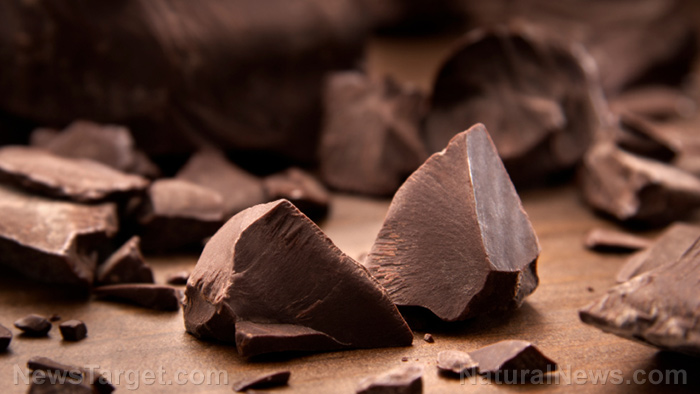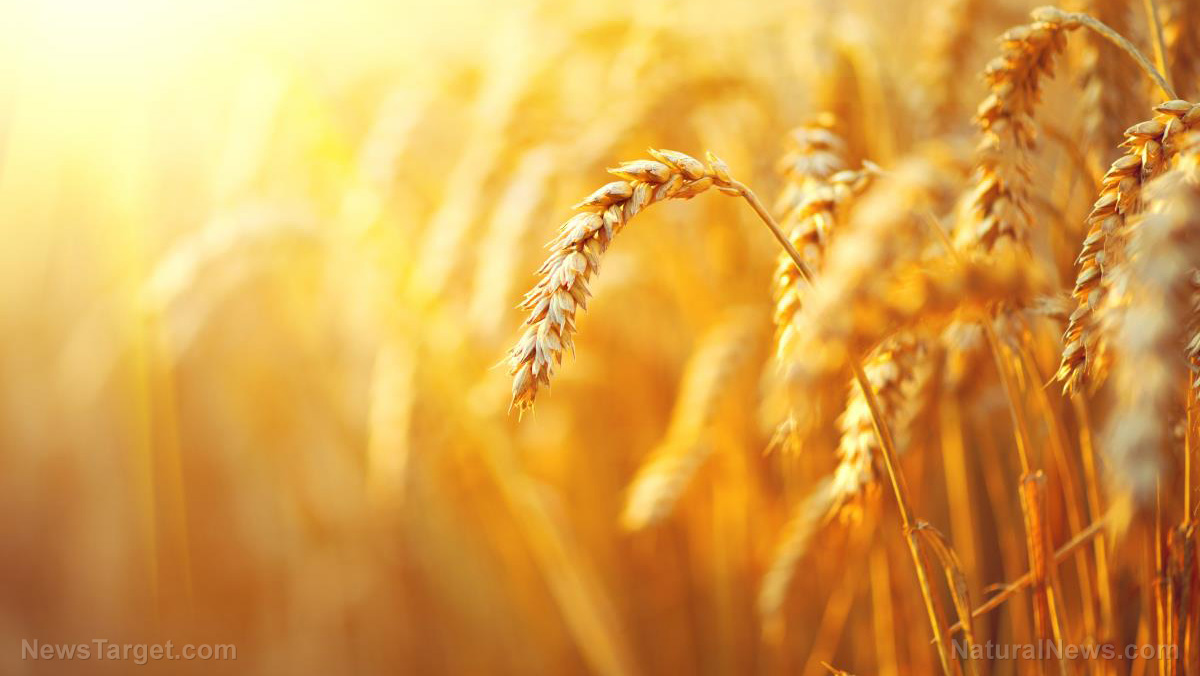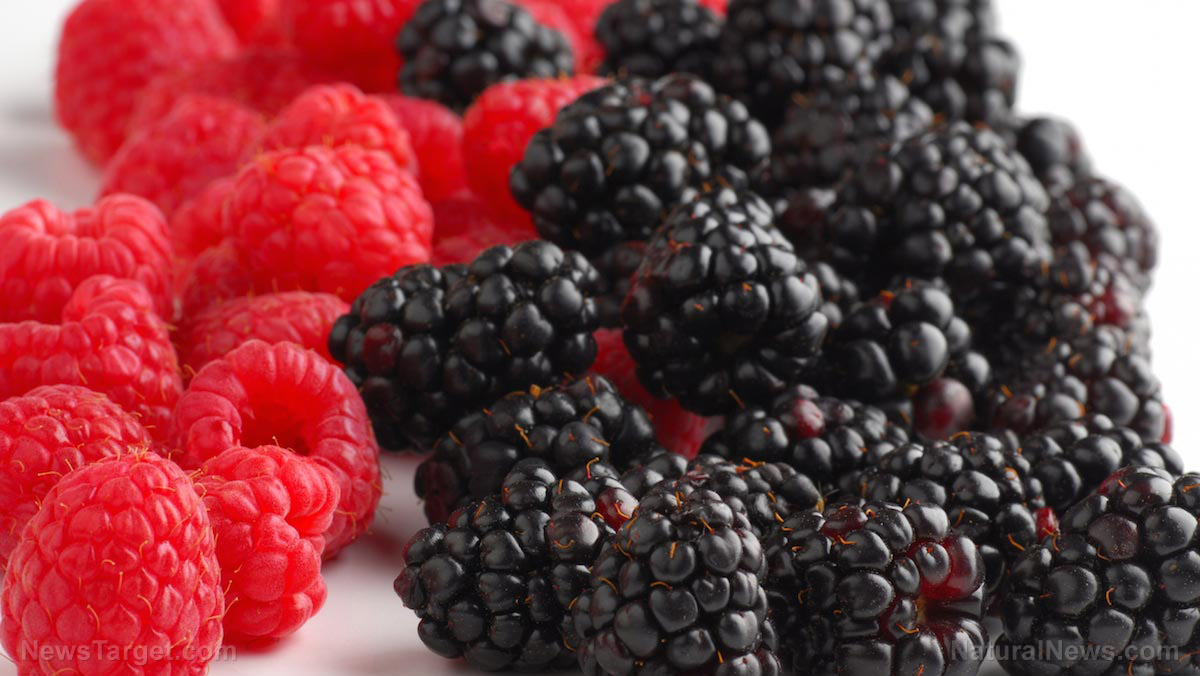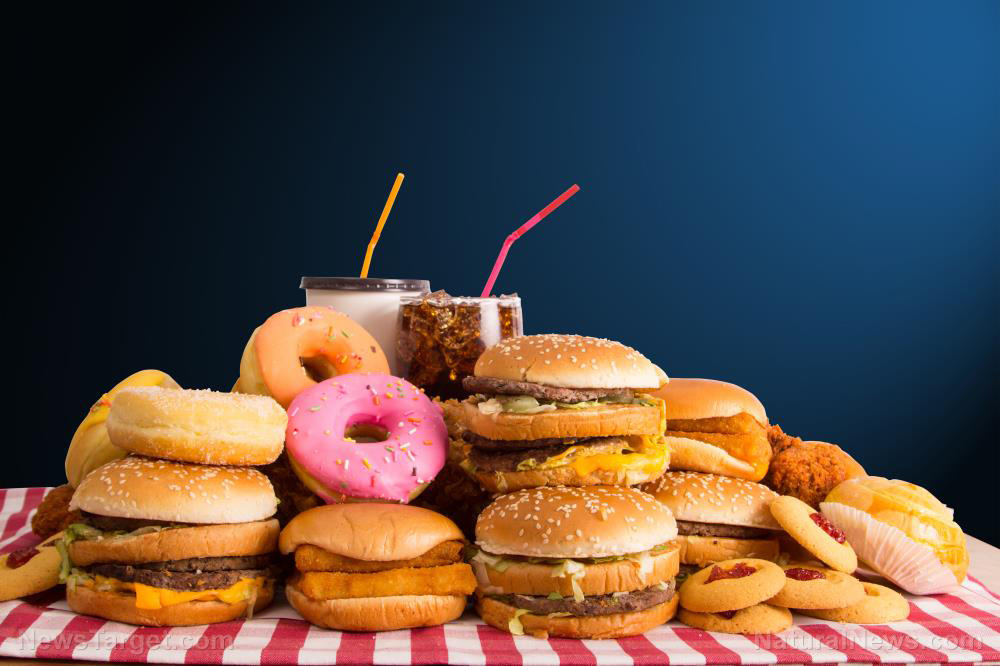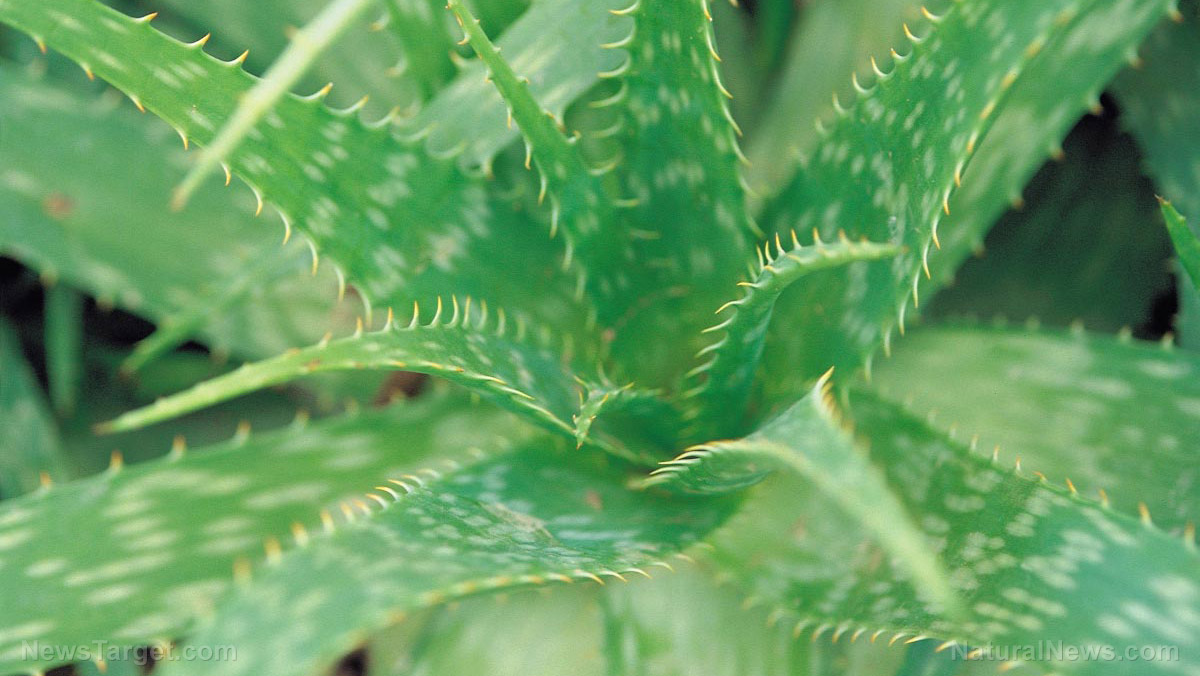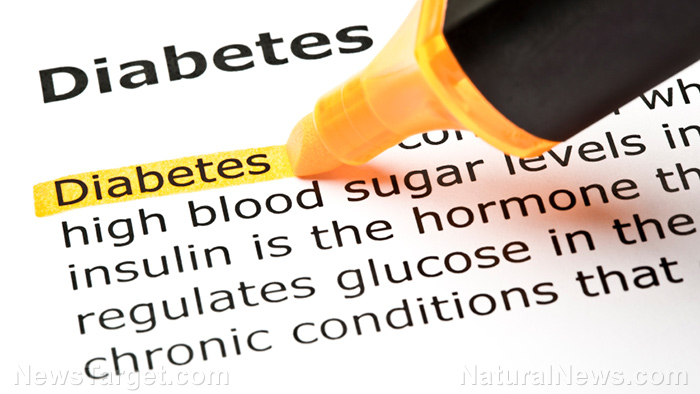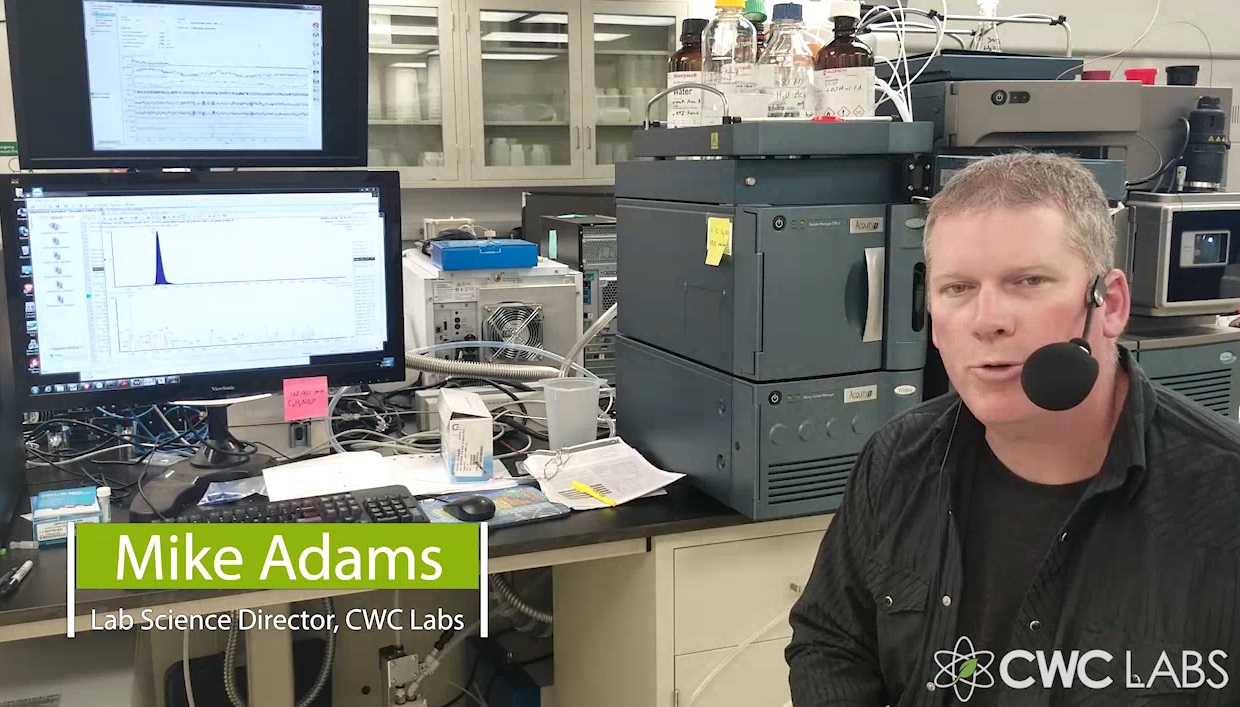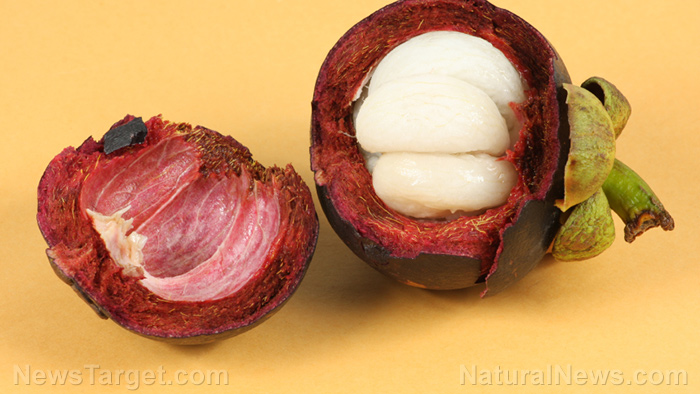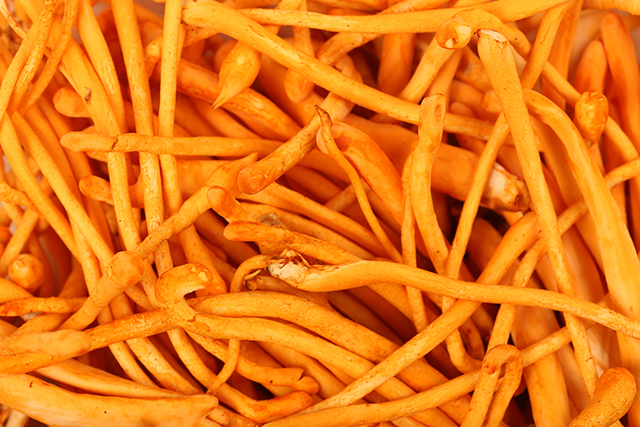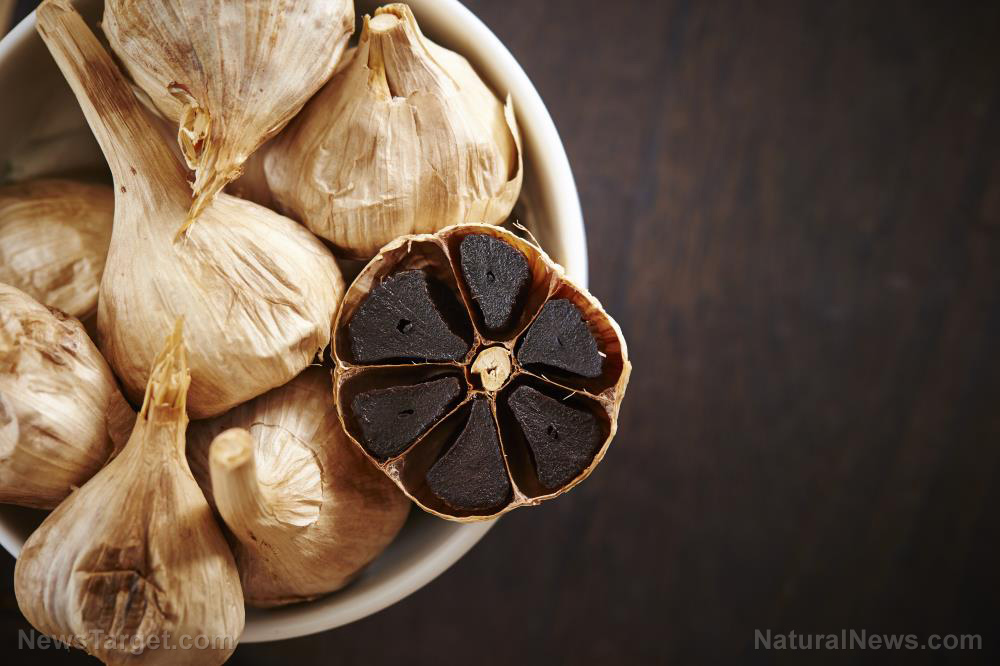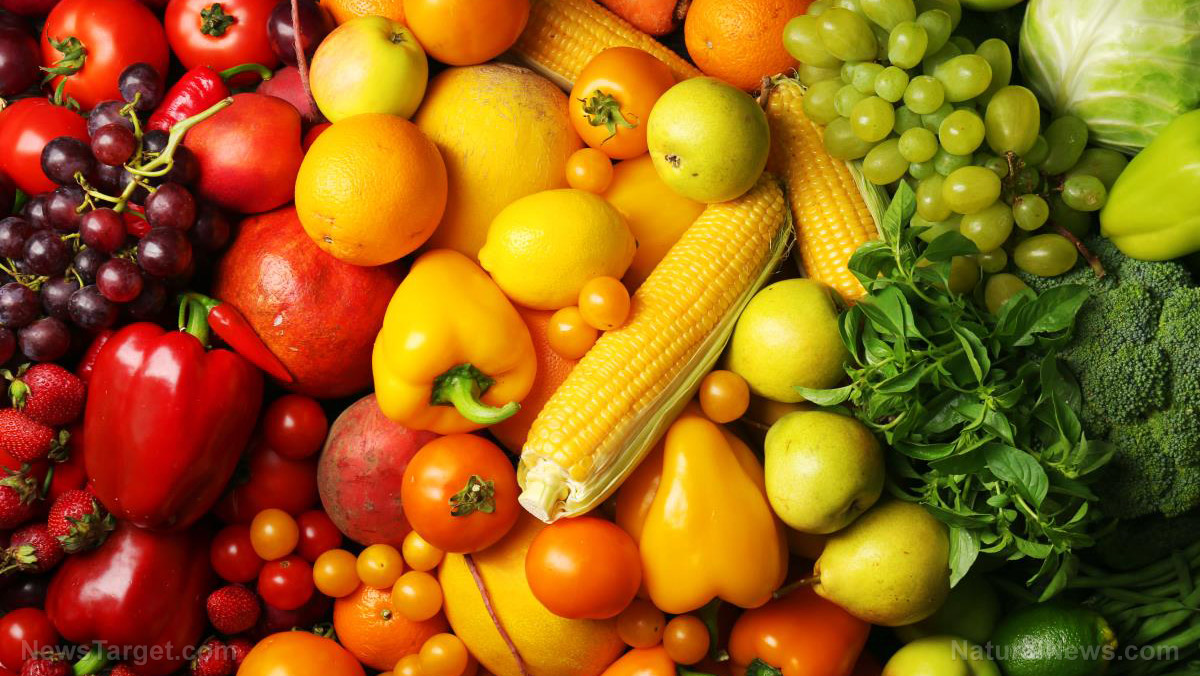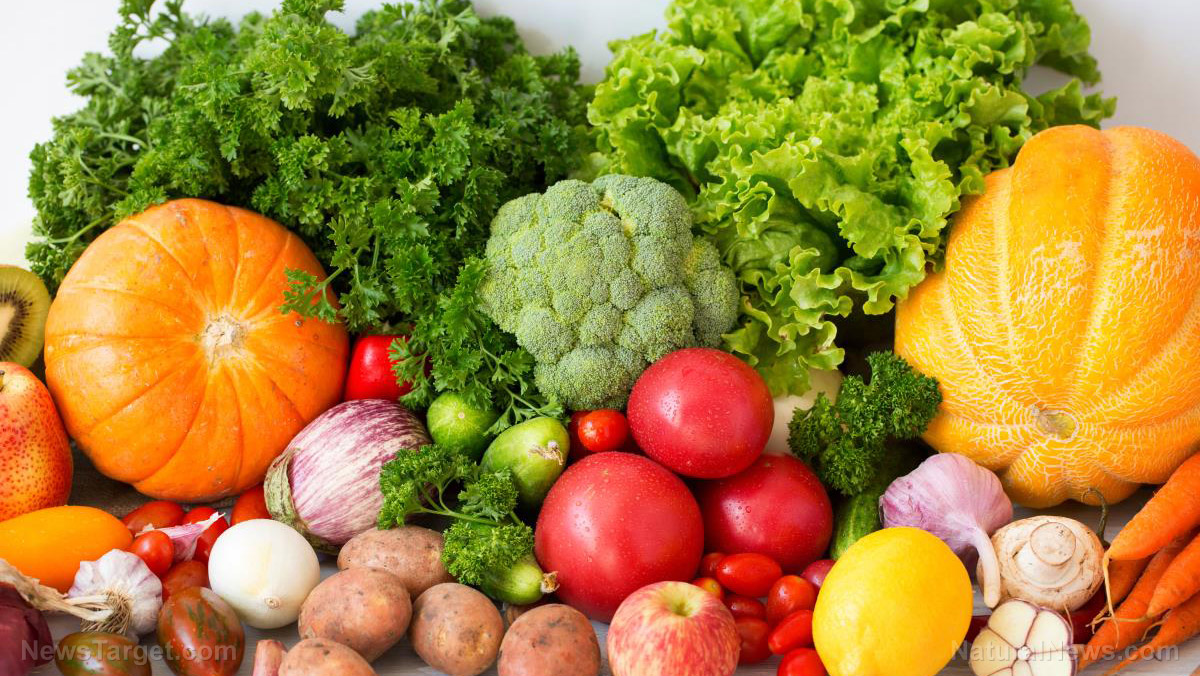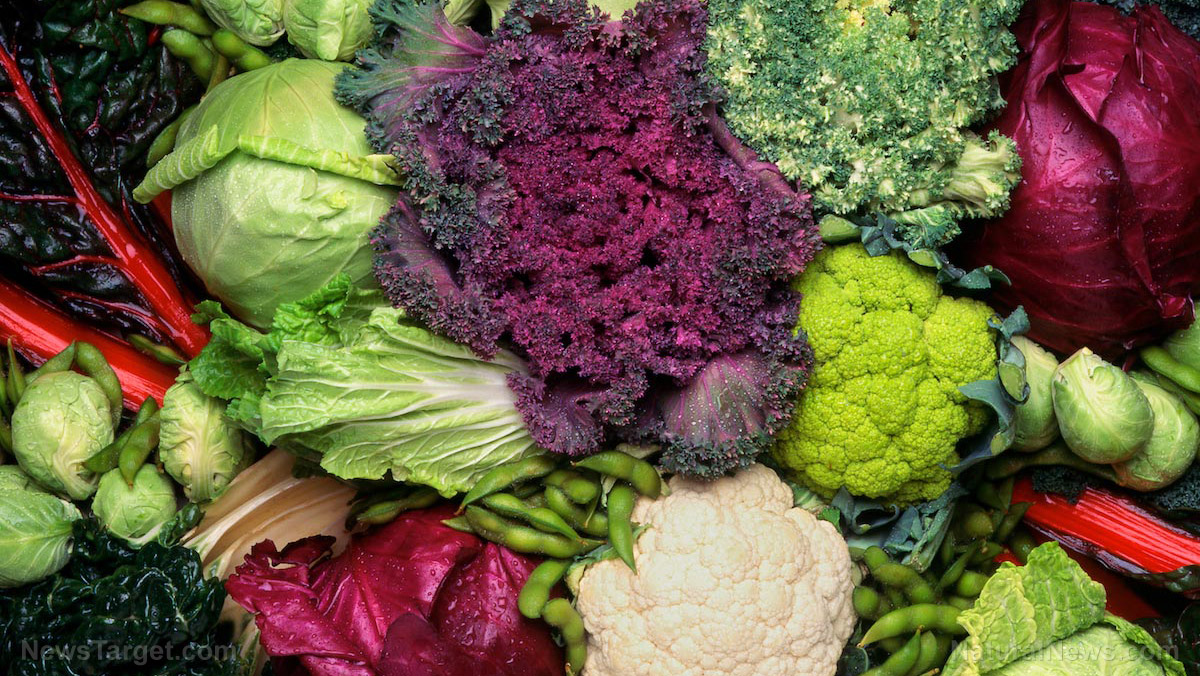How cold storage, ripening stage, and marketing conditions affect quality and antioxidant activity of peach fruit
03/24/2018 / By Ralph Flores

Researchers from the Università degli Studi di Sassari in Italy studied whether the effects of ripening, cold storage, and other simulated marketing conditions can have any impact on the nutrient content of the peach fruit. The results of the study were posted in Acta Alimentaria: An International Journal of Food Science.
- For the study, the researchers first looked at how storage time can affect peaches. Two Elegant Lady peaches were harvested at two ripening stages – immature and commercially mature – and were stored under cold temperatures.
- In particular, the team analyzed how cold storage can affect various quality parameters of the peaches, as well as its antioxidant content.
- These parameters included destructive qualities like physical-chemical properties, antioxidant activity, and firmness, as well as non-destructive qualities such as the color and index of absorbance difference.
- Results showed that storage affected the peaches’ color, firmness, and antioxidant activity. This also was the case with the ripening stage. During cold and marketing storage, the firmness of the fruit significantly decreased, and skin color parameters for both fruits changed – with both having a deeper red hue after storage.
- Moreover, while antioxidant activity increased for both fruit, it was higher in commercially mature fruit than in immature peaches. This indicated a more equilibrated ratio of total sugars to acids. Polyphenols and ascorbic acid contents, however, were not changed.
The findings indicated that there was a significant impact on the quality and nutrient content of the peach fruit after harvest and cold storage.
Journal Reference:
Fadda C, Usai G, Sanguinetti A, Mascia I, Caro AD, Satta D, Piga A. EFFECT OF RIPENING STAGE AT HARVEST, COLD STORAGE, AND SIMULATED MARKETING CONDITIONS ON QUALITY AND ANTIOXIDANT ACTIVITY OF PEACH FRUIT. Acta Alimentaria. 31 March 2016;46(3):275–282. DOI: 10.1556/066.2016.0010
Tagged Under: antioxidant activity, ascorbic acid, cold storage, destructive parameters, nutrient content, Peach, polyphenols, ripening, simulated marketing condition, storage time


